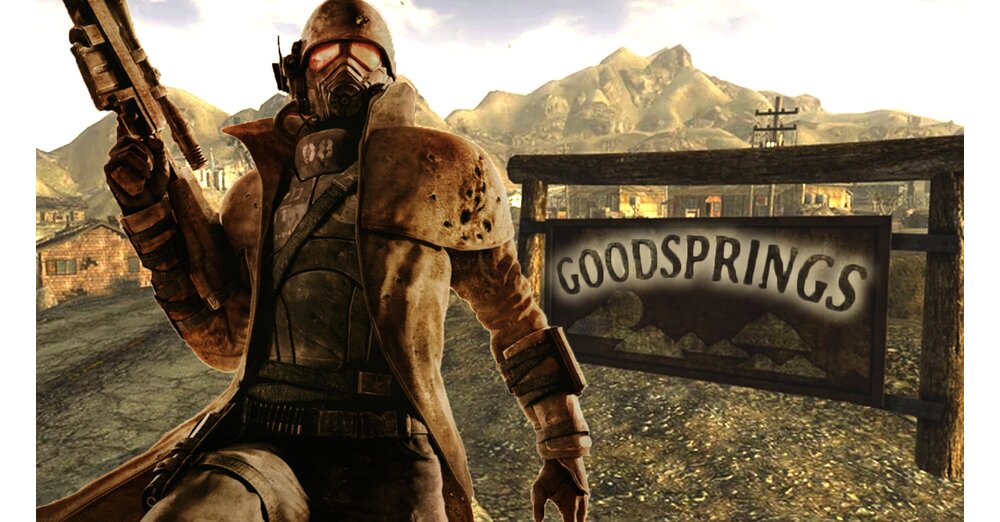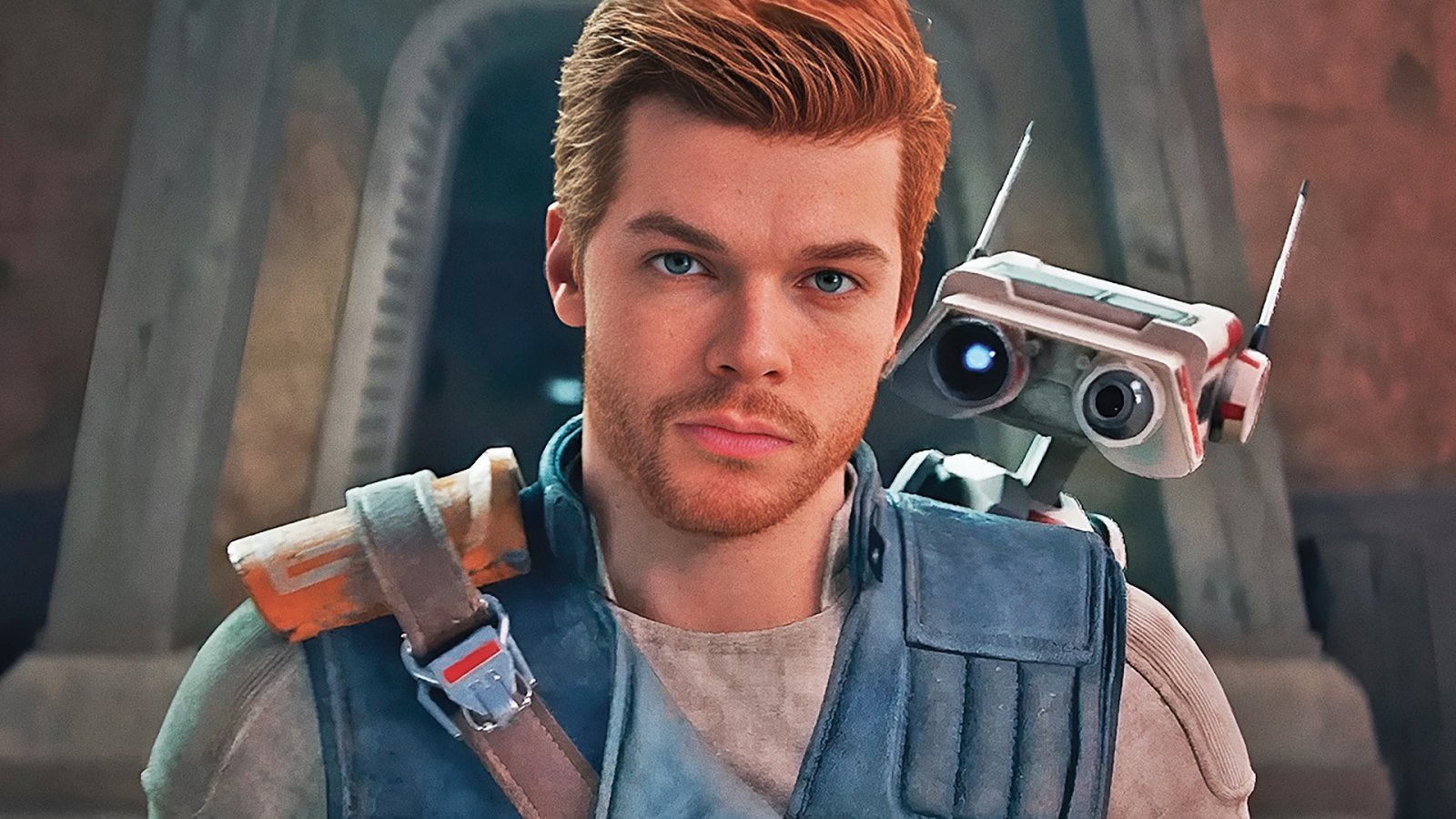When it was released, Nioh was undoubtedly the best “Souls-like” game that wasn't from From Software itself – and still is today. But a lot has happened in the meantime. The Surge 2 qualitatively caught up with Nioh, Code Vein showed that this type of game is a lot of fun even on an easier level of difficulty, and Darksiders 3 that their game philosophy also works well in another genre. And from software? They reinvented themselves again with Sekiro, especially in a setting that is very similar to that of Nioh, but was clearly superior in every respect. The requirements are clear: Nioh 2 has to deliver in order not to miss the connection.
The first part of Nioh was released at a time when “Souls-like” was not yet a genre, when From Software dominated this game category on its own and with Lords of the Fallen and Salt & Sanctuary just the first gentle attempts by other developers in the ventured into new areas. Nioh came at exactly the right time between Dark Souls 3 and Sekiro, making it easy for fans of difficult games.
The little brother of Demon's Souls
I love the first part. I spent over 150 hours with him and his three DLCs, completed all the main, side and twilight missions, even those in which you face the two heaviest bosses in the game at the same time, tracked down all the Kodama and thereby the platinum – won a trophy that I'm honestly a little proud of, but I also really enjoyed the effort.
<a href = "https://img.gameswelt.de/public/images/201909/7fb73546542bbd2bb87cb96839000e9e.jpg" data-title = "Nioh 2 picture 1
Date: 09/20/2019 "data-lightbox =" 7fb73546542bbd2bb87cb96839000e9e.jpg ">
Nioh took the pillars of the Souls building, such as their deadly difficulty, the game design with its beacon checkpoints and abbreviations, the crowning boss fights after each section and the annoyance at lost experience points in the event of death, but added new support struts to the floor plan : a more complex combat system, for example with different weapon styles and combo attacks based on the model of Ninja Gaiden, a loot endless loop inspired by Diablo with item rewards every second or its original combination of Japanese history and folklore.
Nioh was not a mere copy, but a clear "inspired by", which in the shadow of his master was not classified as "ingenious", but was nevertheless a respectful "congenial" and, above all, once again illustrated the superior radiance of the model, which shines reliably brightly if a developer only skillfully crafts them and kindles them with deep love for the original. Nioh shone with an excellent playability and the typical desire to browse through the last angle in the hope of valuable prey.
Nonetheless, it was not enough to arm the arm with the From-Software games for several arm lengths, which is at least partly due to the turbulent history, which spanned at least 12 years, but is no longer an excuse for the successor. The level design, for example, was a bit uninspired only on the flat, was too narrow-minded in straight paths and one-dimensional patterns, not as nested as in Dark Souls, and also not so clever in varying between claustrophobic architecture and awe-inspiring expanse – alone This is because it divided its gameplay into individual chapters and not a coherent game world. In a direct comparison, Nioh also looked a bit old-fashioned in a direct comparison, and the individual sections, opponents and especially the bosses lack the variety and independence that distinguishes an excellent journeyman's piece from the masterpiece.
<a href = "https://img.gameswelt.de/public/images/201909/811eb40d0c11ce00b87a76c563b71956.jpg" data-title = "Nioh 2 picture 1
Date: 09/20/2019 "data-lightbox =" 811eb40d0c11ce00b87a76c563b71956.jpg ">
In (mostly uninhibited enthusiasm) conversations with friends and colleagues, I often refer to Nioh as "the little brother of Demon's Souls": Both can be clearly seen the similarity and the degree of kinship, but during which one appears much more mature and confident, you have the other very much, or especially because of his still somewhat clumsy nature. Nioh is a fabulous Souls offspring that does add some genes of its own to the genre DNA, but is not fully grown in any fiber to meet the other person at eye level, who lacks distinctive traits, but precisely because of this has the potential to grow beyond him one day, that is: the best conditions for a successor! Here it is now.
The older twin of Nioh 1
Nioh 2 therefore finds a number of leverage points to address the criticisms of its predecessor. But to put it straight away: Unfortunately, it leaves most of it unused. Nioh 2 takes a few small steps forward, but doesn't take the big leap. To stay in the picture of the previous paragraph: If Nioh 1 looks like the little brother of Demon's Souls, then Nioh 2 is the twin of his sibling just a few minutes older. Parts 1 and 2 are so much alike in every way, if I were told two scenes from both games, I couldn't say with certainty which one came from which game.
Starting with minor matters such as the interface including buttons and even the fonts used to display the hit points, to entire areas with their Japanese-style huts, the wooden palisades on the battlefields, the cliffs, forests and caves, Nioh 1 and 2 resemble a blueprint and their punch. Even when it comes to sound, the game takes on a number of noises, such as the ringing when praying at the shrine or the scrubbing of the electric guitar when reuniting with the guardian spirit, even entire melodies and pieces of music such as the choral panpipe sounds in the menus stem directly from the first part.
It is shockingly unimaginative that over half of all opponent types were already identical in the first part. In this way, Nioh 2 gives the impression of a huge expansion rather than an independent successor. From the beefy yokai trolls, to the raven-like tengu, to the shimmering umbrellas, the firewheels, mining zombies and even the ninja dogs from the second DLC, for players of the predecessor, the déjà vu lurks around every corner like the puddle on marmot day .
<a href = "https://img.gameswelt.de/public/images/202002/d62a76d92c2a7aebf22b35cd0e3c59b2.jpg" data-title = "Nioh 2 picture 1
Date: 05.02.2020 "data-lightbox =" d62a76d92c2a7aebf22b35cd0e3c59b2.jpg ">
Depending on the direction from which you look at it, Nioh 2 appears either as a successor from the textbook – or from the drawing board. With all the respective advantages and disadvantages. On the whole, everything stays the same, but everything just gets a little bit better, more sophisticated, more beautiful. It still plays excellently, at some point it pulls into the inimitable maelstrom of its path paved with challenges, it skilfully maintains over its impressive 60 to 80 hours of play and is undoubtedly at least equal in quality to its excellent predecessor.
In addition, however, it leaves the numerous opportunities that it offered him untapped. Again, the process is divided into individual chapters instead of nestling into a seamless game world. The generic side missions, which only rearrange areas of the main story that have already been visited or exhaust themselves in unimaginative wave battles, also find their return, but were already just annoying time-lapses in the predecessor. PvP is still not against real players, but only against their AI simulations. The level design still lacks the last bit of sophistication in structure and ingenuity, which apparently only From Software itself has, the team Ninja is still too shy just sitting on the lap instead of confidently looking for shoulder to shoulder with your own ideas.
More fantastic means more fantastic
Nioh 2 does not continue the story of the predecessor, but plays before its events. Accordingly, you do not slip into the role of a historical personality, but tailor your own character to measure, with this time you can not only choose the look, but also the gender. The story of a nationwide war, the quake of which entices the demons from their dimensions into ours, reads like a recap of the first part when flying over it, but loosening it from the corset of historically guaranteed accuracy gives the game refreshingly more freedom.
In other words: With its more fantastic approach to setting and story, Nioh 2 is also more playful and imaginative. As a result, one of my biggest criticisms of the predecessor vanishes into thin air: This time, the bosses are much more varied and no longer consist mainly of uninspired human opponents, but instead of monstrous mythical creatures that truly deserve the name of boss opponents: a disfigured nightmare with a giant cleaver , a venomous giant snake with several heads, a fiery rider on a chariot or a rabid ferret …
<a href = "https://img.gameswelt.de/public/images/201909/e86504c6e4566b4e79d729c26b0057a7.jpg" data-title = "Nioh 2 picture 1
Date: 09/18/2019 "data-lightbox =" e86504c6e4566b4e79d729c26b0057a7.jpg ">
The new Yokai opponents, who join the well-known ensemble, are without exception very imaginatively designed: a smirking monkey, a nasty bat or this one-eyed dervish that hops on a huge blade like a pogo stick. Finally, the developers of Team Ninja really spurred their imagination.
Although they sometimes go through their noses a little bit when balancing. After the recent Souls-like titles The Surge 2 and Code Vein showed significantly more mercy on their players than usual, Nioh 2 again knows no mercy in this regard. Larger yokai can knock you straight out of the mountain at any time if you don't know how to deal with them – especially the new ones, which are usually much crisper and more difficult to calculate than the old guard. Even small cannon foe opponents quickly and happily punish carelessness with death.
Nioh 2 doesn't even get that much heavier than Dark Souls or comparable games, it just reveals its design, which has not been perfected down to the last detail, by hurling in a category that new German is often called "pacing". Because where From Software achieves an admirable balance at all times, confronts the player with constantly new situations and creates a flowing interplay of pleasure and frustration, the level cake gently peppers with savory common cherries, Nioh simply paves the way with stumbling blocks always the same opponents.
Because the opponents are quicker, more deadly, more merciless, regularly appear in particularly strong variations and like to be accompanied, I died at least in the first few hours more often than in Dark Souls, Bloodborne, but also Nioh 1. Similar to Sekiro, Nioh 2 allows no moment of carelessness, no mistakes and requires constant concentration. The learning curve for this initially appears to be as steep as a rock face, but luckily it flattens out at some point. Nioh 2 initially overwhelms beginners with its tons of playful options and takes a lot of getting used to.
But over time, you instinctively practice a personal style of play that suits you better than others, a preferred branch of arms emerges, you upgrade it with powerful combos and you learn new skills and spells, such as the sluggishness slowdown known from the first part or the quick-change resuscitation, which noticeably loosened the thumbscrew, which initially caused permanent pain.
<a href = "https://img.gameswelt.de/public/images/202002/93fabd2bb9953e23e52d727462607927.jpg" data-title = "Nioh 2 picture 1
Date: Feb 5, 2020 "data-lightbox =" 93fabd2bb9953e23e52d727462607927.jpg ">
Nevertheless, you can see in the game in all of its fibers that under no circumstances did the developers accept the accusation of the sensitive Souls community in this regard that it could be too easy. In addition to the usual obstacles and the grueling heavy bosses at the beginning, there are particularly difficult sections within the levels that are affected by the dark demon realm and must first be cleaned by the beasts so that the sun shines again. These areas can also be bypassed as an option, but only those who recapture them will have access to particularly valuable loot or extremely useful abbreviations and additional checkpoints.
These places also show how clever the otherwise somewhat uninspired level design can be: Because often the direct path to the heart of darkness is not the most recommendable. Instead, practical detours can be taken in particularly crunchy places, through which you can oppose your opponents drop your back, start a fall attack or first open a shortcut, making the previously inhumanly difficult situation suddenly resolvable.
Combat system: overwhelming possibilities
Given the unforgivable level of difficulty, an intensive examination of the combat system is essential and at the same time the key to success. That was already in the predecessor as its unique selling point, was already extremely complex there and was greatly expanded for the second part. This time there are even more types of weapons, from swords to axes, spears to batons and double blades, which not only have their own repertoire of movements, but can also be performed in three different postures, from slow but powerful to quick but weak .
Each individual weapon type has its own skill tree, in which new moves are unlocked bit by bit: whirling attacks, jump attacks, thrusts from the hip or really complicated stuff that triggers special effects, for example, if you change your stance immediately after an attack . Even self-evident things like the insidious attack in the back, if you secretly approach an opponent, must first be acquired with skill points in Nioh 2 before you can significantly ease some situations with it.
It can take a while to find out the personally preferred style of play in this muddle and until then it will be subtly overwhelming. Especially since each weapon not only has individual values and moves, but also countless bonus effects that need to be taken into account when choosing. And as if that weren't enough, the weapon skill trees are flanked by a bevy of ninja and magic skills, which mainly only provide additional potions and buffs, so they don't allow completely different ways of playing, such as the wizard character classes in Dark Souls .
<a href = "https://img.gameswelt.de/public/images/202002/7baffa41c9670c4f85394dcfab816a2c.jpg" data-title = "Nioh 2 picture 1
Date: Feb 5, 2020 "data-lightbox =" 7baffa41c9670c4f85394dcfab816a2c.jpg ">
This is largely known from the first part, but in the second it is presented in a clearer way in clear tree graphics and no longer in chaotic lists – although Nioh beginners for the expression "clear" when looking at 13 separate skill trees that have their drives in all ramify four cardinal points, will surely laugh at him in derision. Nioh 2 is a game that pushes its available possibilities to the limits of what is reasonable: each button on the controller is a key combination with each individual shoulder button and assigned a maximum of multiple moves, special moves, alternative moves, magic moves and superduper moves for special situations. It takes a while to develop a fight choreography in which the right action for every occasion is carried out reflexively.
This time, in addition to the known maneuvers of the predecessor, there are demon powers that the hero carries as a hybrid between man and beast – the second argument, by the way, why the stronger impact on the fantastic makes Nioh a more fantastic game. While the guardian spirit in the first part only caused a few trivial buffs, it now serves as a "base" for the souls of the demons and thus their magical powers, which you ingest after a victory over them. When charged, they grant particularly spectacular attacks for a short time by summoning the inner demon like a persona and striking with his monstrous fists, biting at lightning speed with snake arms from a distance or throwing unholy spears at you after a jump in the air.
Prepare to die twice
In addition, the demon powers grant powerful counterattacks that, with the right timing, throw devastating attacks on them from the enemy. In this, Nioh resembles a game that it looks pretty damn similar to: Sekiro. As there, special attacks of the opponents are announced by flashing symbols, to which you then have to react quickly with the appropriate action. Mastering their timing is one of the most important lessons you need to learn to master this otherwise difficult game.
The new story trailer for Nioh 2! Master the deadly arts of the samurai as half human, half yokai in the roleplaying sequel.
Nioh 2 thereby also moves a little bit closer to the latest from software game, which by its Japanese fantasy setting looks like a brother in spirit. Because while Dark Souls and its imitators roughly leave only the reduced choice of attack, evasion and blocking, Nioh's player has to consider dozens of options at the same time and decide on one of them in a split second.
If you appreciate such multi-layered gameplay, are not averse to lightning-fast and demanding titles like Ninja Gaiden or even Sekiro, Nioh 2 might even prefer all other Souls-like games.
Table of Contents













